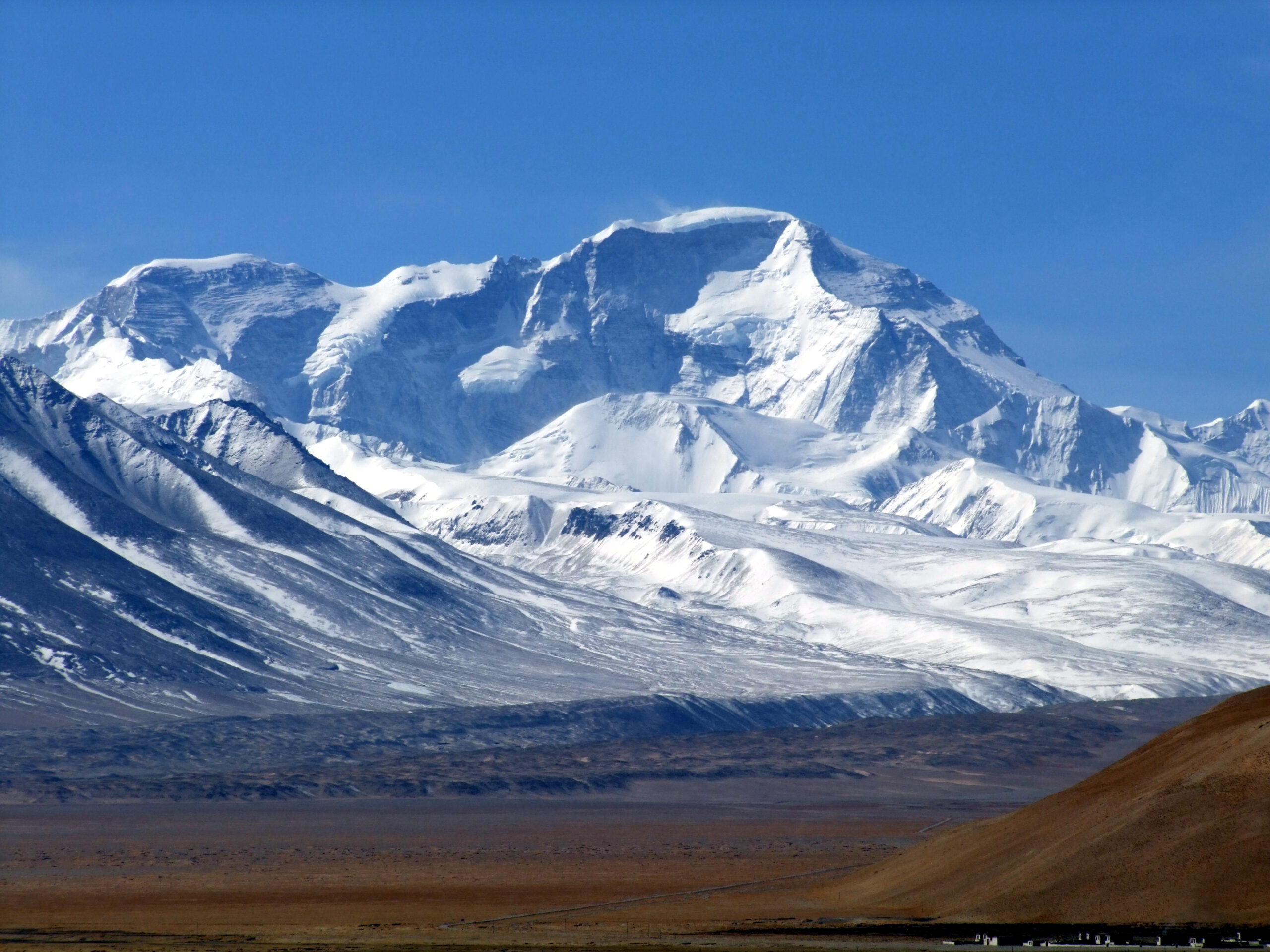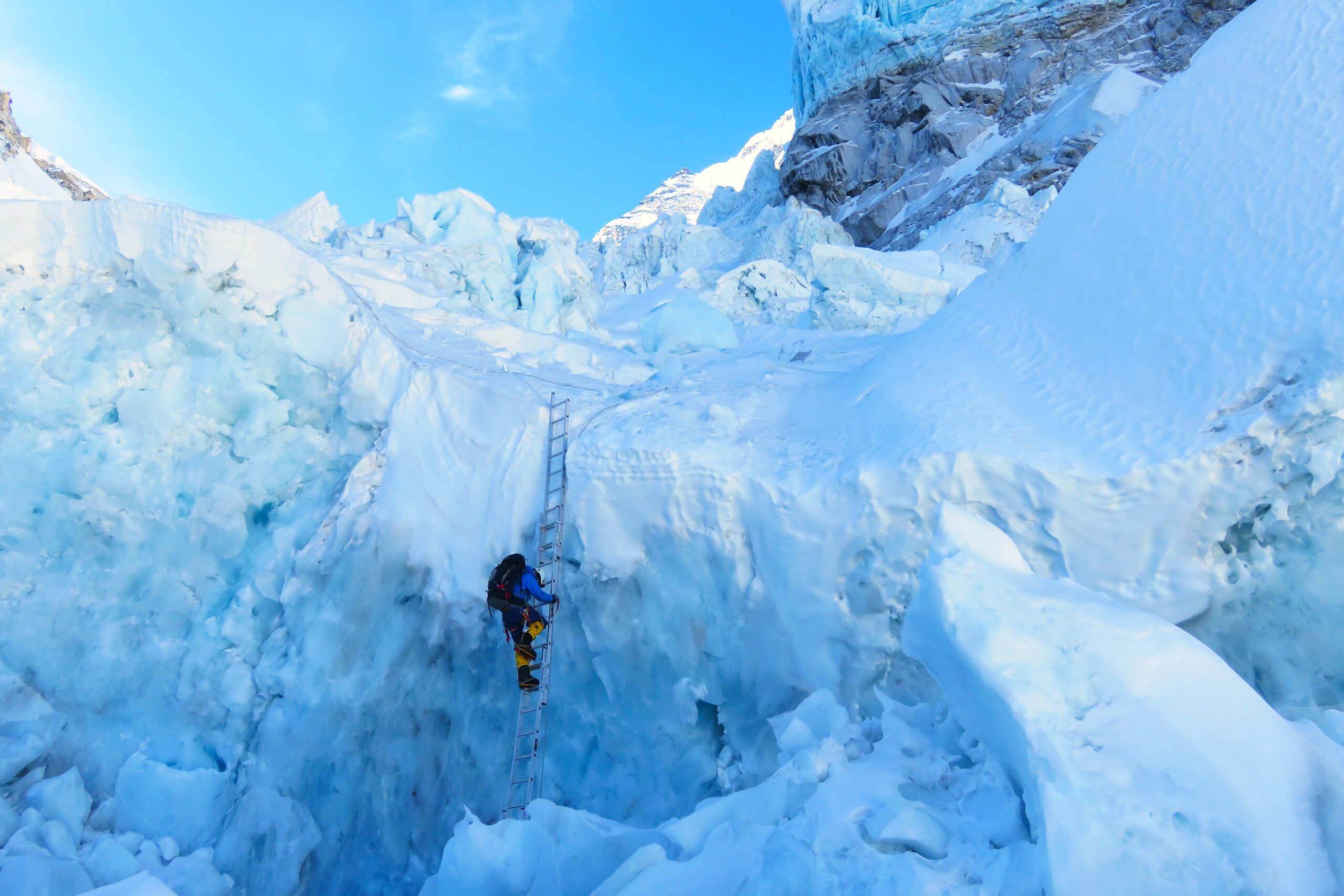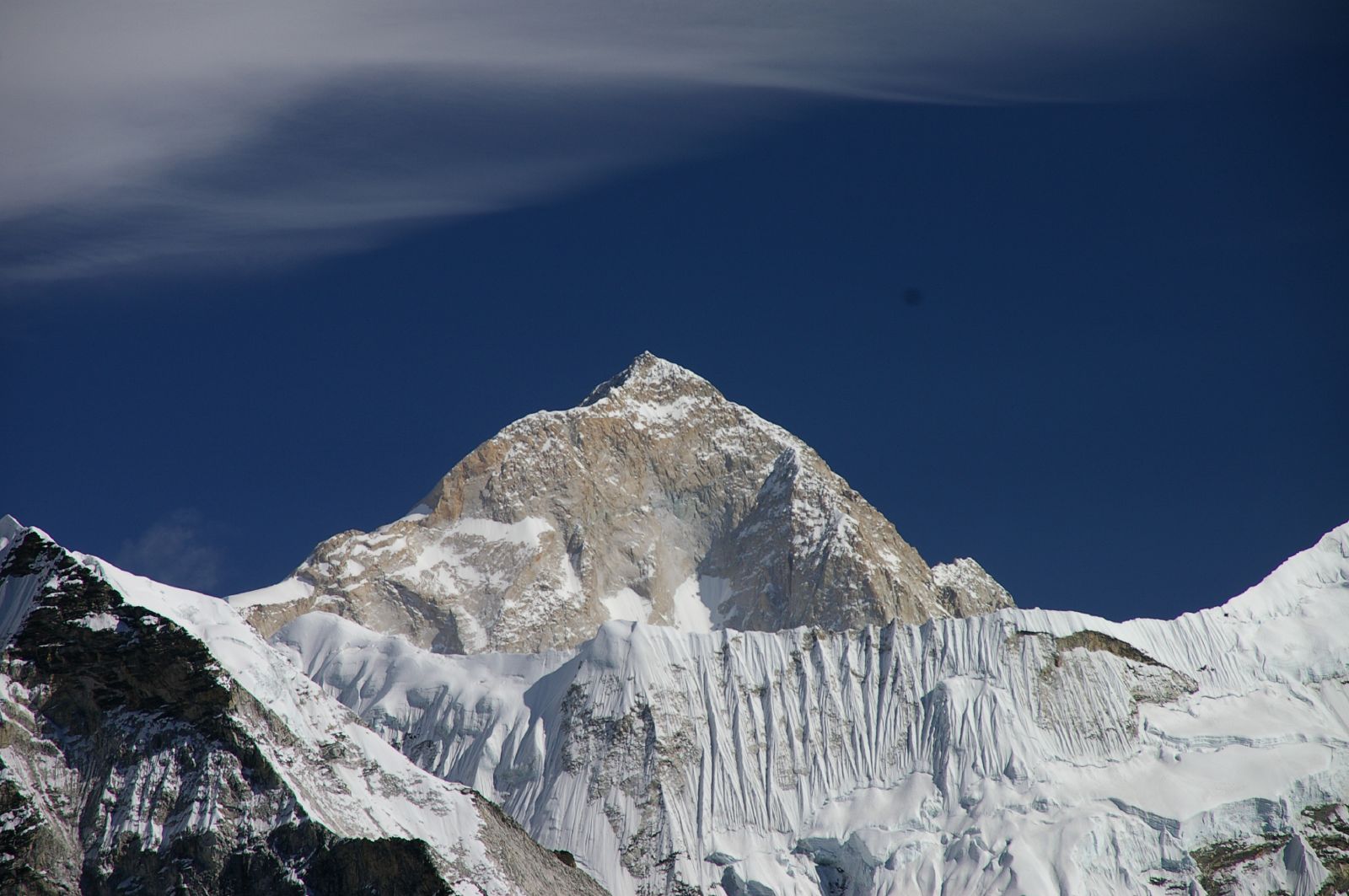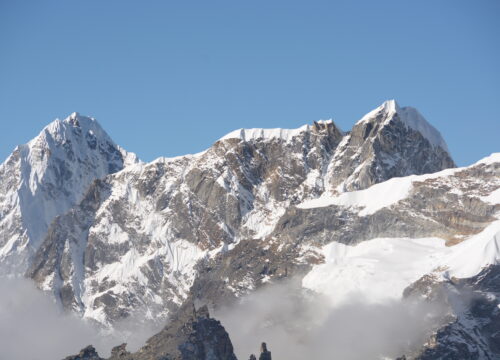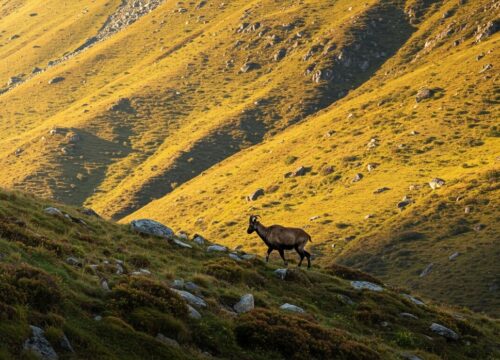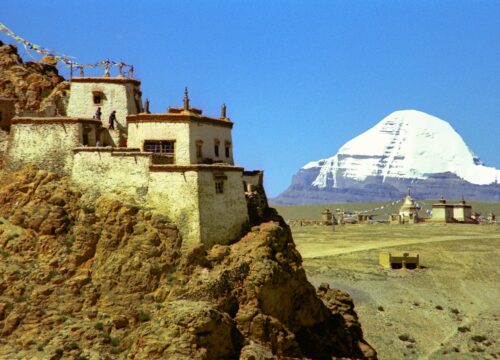Baruntse Expedition
From
Duration
Tour Type
Explore Tours
At an impressive height of 7,129 meters, Mount Baruntse stands as a glorious beacon in the heart of the majestic Himalayas, nestled snugly between the towering giants of Lhotse and Makalu. This breathtaking mountain is renowned for its stunning alpine scenery, offering climbers the unique opportunity to witness the unparalleled beauty of the Himalayas while embarking on a demanding ascent. Enveloping the peak are three prominent glaciers—the Barun Glacier to the east, the Hunku Glacier to the south, and the Imja Glacier to the north—each contributing to the awe-inspiring vistas and untouched wilderness that surrounds the area.
Baruntse is often viewed as one of the more attainable 7,000-meter peaks, making it a popular choice for climbers eager to gain experience before tackling the highest elevations. The first successful ascent took place in 1954, achieved by an Australasian expedition led by the legendary Sir Edmund Hillary, who navigated the mountain via its southeast ridge. This route, while technically challenging, involves a combination of rock climbing and traversing steep ice walls, culminating in an ascent that features sections with up to a 50-degree ice gradient and a daunting ice cliff perched at over 7,000 meters.
While Baruntse presents its own set of challenges, it is generally considered less daunting than many of the peaks soaring above 8,000 meters. Climbers can expect to establish multiple high-altitude camps, a crucial aspect of preparing for the summit attempt that aids in acclimatization and helps ensure that climbers are physically and mentally ready for the rigors of high-altitude climbing.
The standard expedition itinerary for Baruntse typically spans around 35 to 40 days, beginning with the arrival in Kathmandu and a flight to the bustling airstrip at Lukla. From Lukla, the journey continues through the enchanting Hunku Valley, where climbers typically acclimatize further by ascending Mera Peak, a majestic 6,476-meter peak, which serves as an essential preparatory climb for Baruntse. The Base Camp, strategically established around 5,300 meters, provides a sanctuary for climbers to rest, recover, and become acclimatized before setting off toward higher camps.
During their ascent, climbers are confronted with numerous challenges that test their physical endurance and technical prowess. The rugged topography calls for careful navigation through crevassed terrain and steep snow slopes, all while remaining vigilant of avalanche threats and the unpredictable mountain weather. Experienced Sherpa guides play an invaluable role in ensuring safety throughout the expedition by establishing fixed ropes and expertly managing gear transportation between camps. Typically, the summit push occurs in the early hours of the morning, allowing climbers to take full advantage of the most favorable conditions offered by the mountain.
Reaching the summit of Baruntse rewards climbers with panoramic vistas of some of the world’s highest peaks, including the revered Everest, Lhotse, and Makalu. The overwhelming sense of accomplishment at the summit is profound, as climbers find themselves deeply connected with nature in one of the Earth’s most awe-inspiring locales. The combination of the challenging climb, breathtaking natural beauty, and the rich cultural interactions with the local Sherpa communities transforms the expedition to Baruntse into a deeply enriching adventure, resonating in the hearts of all who undertake it.
Included/Exclude
- ARRIVAL AND DEPARTURE
- HOTEL ACCOMMODATIONS
- SIGHTSEEING FEES
- DOMESTIC FLIGHT TICKET
- TRANSPORTATION
- GUIDE
- EQUIPMENTS
- Visa Fees
- Travel Insurance
- Meals Outside of Itinerary
- Entry Fees for Attractions
- Optional Activities
- Tips and Gratuities
- Transportation Costs Beyond Itinerary
Tour Amenities
Itinerary
Altitude: (1,400m)
- Arrive at Tribhuvan International Airport, Kathmandu
- Transfer to hotel, rest and acclimatize to the altitude
- Expedition briefing and gear check
Altitude: Lukla (2,860m), Phakding (2,610m)
- Early morning flight to Lukla
- Begin trek to Phakding
- Overnight in teahouse
Altitude: Namche Bazaar (3,440m)
- Trek to Namche Bazaar
- Acclimatization day in Namche, with short hikes
Altitude: Tengboche (3,870m), Dingboche (4,410m)
- Trek to Tengboche
- Continue to Dingboche
- Acclimatization day in Dingboche
Altitude: Lobuche (4,940m), Gorak Shep (5,164m)
- Trek to Lobuche
- Continue to Gorak Shep
Altitude: Base Camp (5,364m), Kala Patthar (5,550m)
- Visit Everest Base Camp
- Early morning hike to Kala Patthar for views
- Return to Lobuche
Altitude: Barunste Base Camp (5,400m)
- Trek to Barunste Base Camp
- Rest and acclimatization at Base Camp
Altitude: Camp 1 (5,700m)
- Establish and stock Camp 1
- Practice on nearby ice walls and crevasses
- Return to Base Camp for rest
Altitude: Camp 2 (6,400m)
- Climb through icefall to Camp 2
- Acclimatization at Camp 2
- Return to Base Camp
- Rest at Base Camp
- Final gear checks and route planning
- Monitor weather forecasts
- Climb to Camp 1
- Next day, move to Camp 2
- Push to Camp 3 (6,800m) if established
- Summit day (typically starting around midnight)
- Descent to Camp 2 or Camp 1
- Return to Base Camp
- Rest and recover at Base Camp
- Pack up and prepare for descent
- Trek back to Lukla via same route
- Possible rest day in Namche Bazaar
- Early morning flight from Lukla to Kathmandu
- Rest and celebration dinner in Kathmandu

